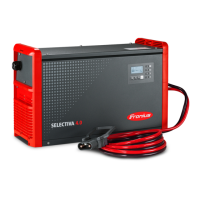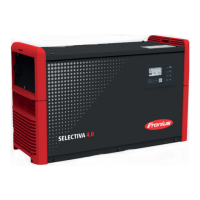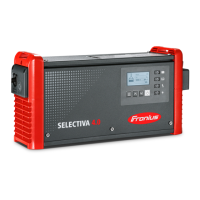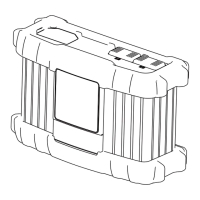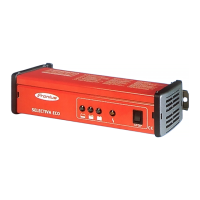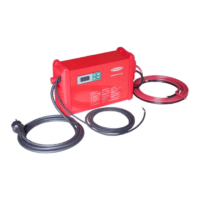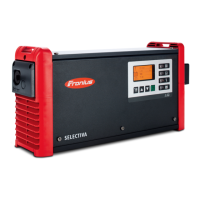9
EN
To comply with European Directive 2006/66/EC on batteries and its implementation in na-
tional law, batteries that have reached the end of their life must be collected separately and
returned to an approved recycling facility. Be sure to return any used battery to your dealer,
or find out about the approved collection and recycling facilities in your area. Ignoring this
European Directive may be harmful to the environment and your own health!
As soon as it appears that the battery has been mechanically damaged, dispose of the bat-
tery in accordance with national laws and guidelines at your nearest recycling centre.
If anything is unclear or for any questions concerning disposal, contact an authorised ser-
vice centre.
General informa-
tion regarding the
handling of lithi-
um batteries
- Lithium batteries have a gas-tight seal and are harmless provided the manufacturer's
specifications are adhered to during use and handling
- Never use chargers that are not suitable for the battery type
- Do not short-circuit
- Do not mechanically damage them (tap, deform, dismantle, etc.)
- Never heat them to above the permissible temperature or burn them
- Always store batteries in a cool, dry place
- Lithium batteries are safe to use if they are handled properly within the parameters
specified by the manufacturer
- Mishandling or circumstances that result in improper use can result in the battery con-
tents and decomposition products leaking and related reactions that are extremely
hazardous to health and the environment
- As a wide variety of chemical substances are found inside the battery, in the event of
an accident always follow the manufacturer's specifications regarding emergency re-
sponse actions and first aid
- Lithium batteries must, in all circumstances, be handled according to the manufactur-
er's instructions
- In particular, this applies to observing the limits for maximum current load, charging
and cutoff voltages as well as mechanical and thermal loads
- The charger and battery are designed to work together and must not be modified or
manipulated in any way as this can result in considerable safety risks
- Ideally, lithium batteries should be stored at room temperature in a dry location (details
regarding the storage temperature range can be found in the manufacturer's instruc-
tions)
- Large temperature fluctuations must be avoided (e.g. do not store the batteries near
to heaters, do not expose them to prolonged sunlight)
- Should damage or improper handling result in the leakage of substances, then the
manufacturer's instructions must be followed
- This includes the use of personal protective equipment
- When storing large quantities of lithium batteries, the local authorities should be con-
sulted
- Employees must be trained on how to correctly handle lithium batteries (in the same
way as hazardous substances)
Protecting your-
self and others
While the charger is in operation, keep all persons, especially children, out of the working
area. If, however, there are people in the vicinity,
- warn them about all the dangers (hazardous electrolytes and gases, danger from
mains and charging current, etc.),
- provide suitable protective equipment.
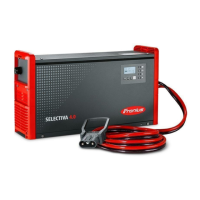
